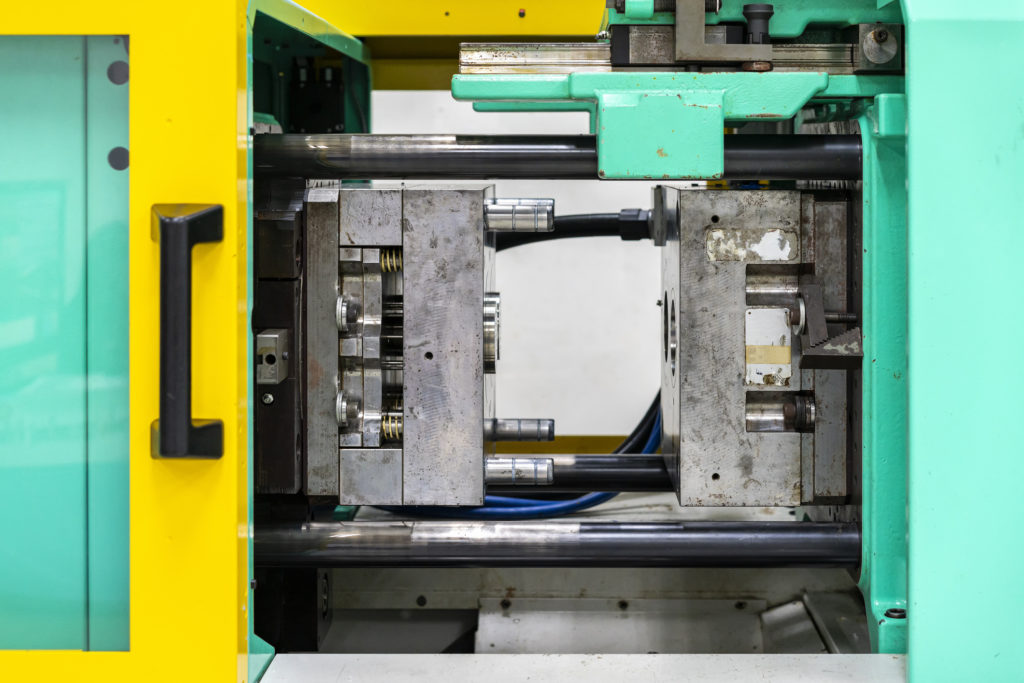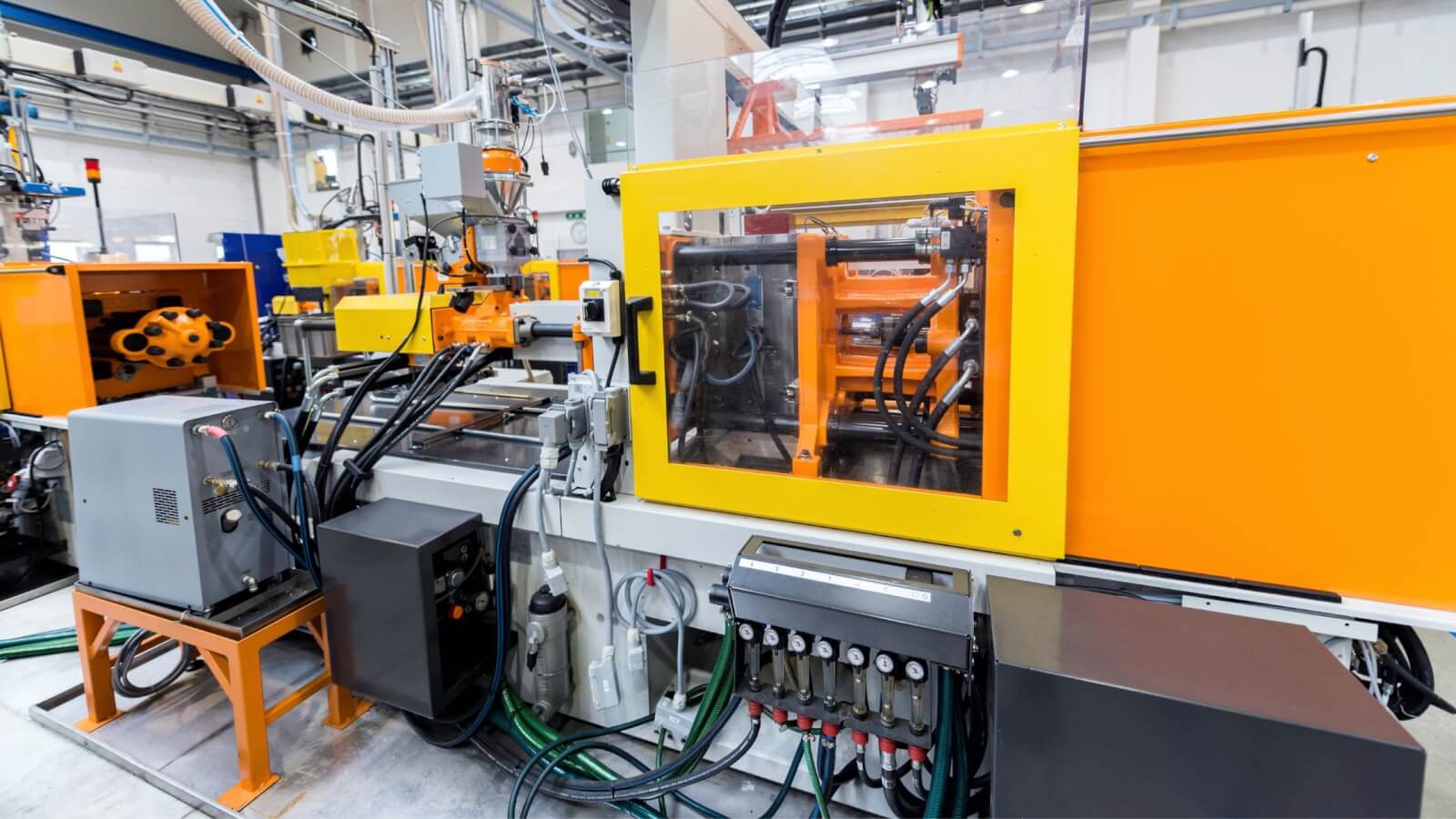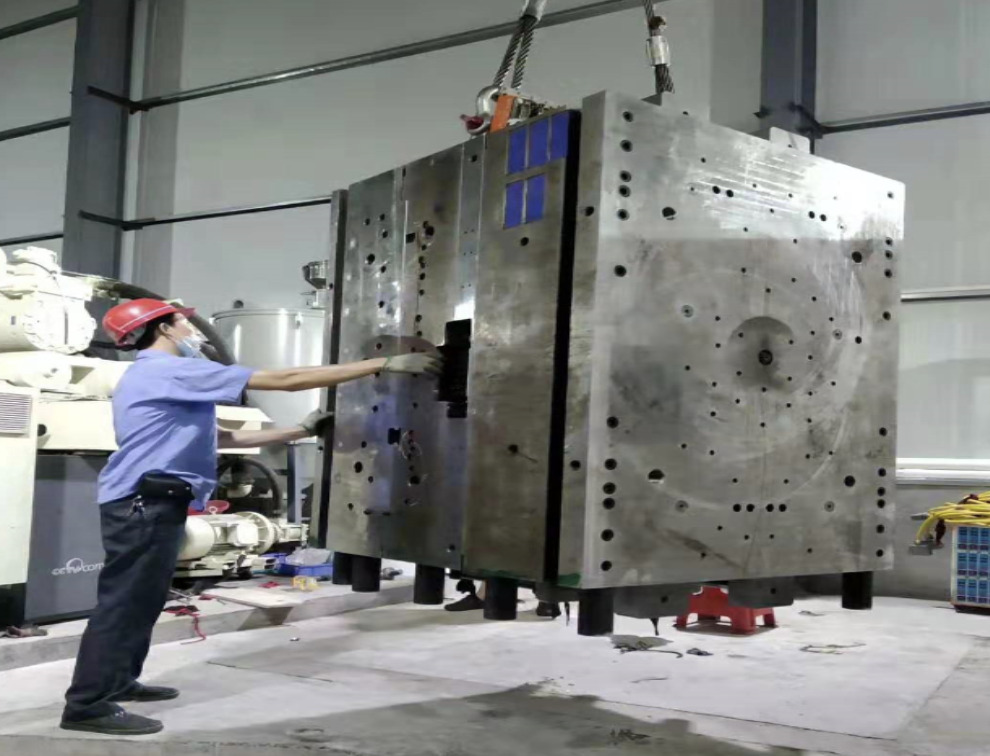Exploring the Future of Plastic Injection Molding in the Manufacturing Industry
Exploring the Future of Plastic Injection Molding in the Manufacturing Industry
Blog Article
Recognizing the Basics of Plastic Shot Molding Processes
Plastic shot molding serves as a cornerstone of modern-day production, providing a methodical approach to producing complicated components with precision. Checking out these necessary elements might disclose just how even small modifications can lead to significant improvements in manufacturing results, increasing questions regarding the potential for innovation in this well-known procedure.
What Is Plastic Injection Molding?
Plastic injection molding is a commonly utilized production process that changes thermosetting and polycarbonate materials into exact and complex forms. This technique is favored for its capacity to create high quantities of similar parts with outstanding accuracy, making it an essential technique in various sectors, consisting of automobile, consumer items, and medical gadgets.
The procedure includes thawing the picked plastic material and injecting it into a mold and mildew under high pressure. The mold, designed to the requirements of the desired part, enables the liquified plastic to form as it strengthens and cools. When the product has actually hardened, the mold and mildew is opened, and the completed part is expelled.
Plastic injection molding provides numerous advantages, including minimized waste, consistency in production, and the capability to include detailed layouts that might be testing with various other manufacturing methods. In addition, it sustains a wide variety of materials, each offering special residential properties that can be customized for details applications. As sectors remain to introduce, plastic shot molding continues to be at the center, making it possible for the development of advanced products that meet evolving customer needs.
The Shot Molding Refine
The injection molding process is a sophisticated technique that involves numerous vital phases to create high-grade plastic components. At first, plastic pellets are fed into a heated barrel where they are merged a viscous fluid. This molten plastic is after that injected under high pressure right into a precision-engineered mold, which forms the product into the desired kind.
Once the mold is loaded, the plastic is enabled to cool and solidify, taking the shape of the mold cavity. Air conditioning time is vital, as it impacts the cycle time and the final buildings of the molded part. After sufficient air conditioning, the mold opens, and the completed element is ejected using ejector pins.

Materials Used in Injection Molding
Various products can be used in the injection molding procedure, each offering one-of-a-kind residential properties that accommodate details applications. The most generally made use of products consist of thermoplastics, thermosetting plastics, and elastomers.

Thermosetting plastics, like epoxy and phenolic resins, go through a chemical modification during the healing process, leading to an inflexible, inflexible framework. These materials are suitable look at this web-site for applications calling for high warm resistance and structural stability, usually used in electric insulators and automobile components.
Elastomers, consisting of silicone and rubber-based products, give flexibility and strength. Their distinct residential properties make them ideal for applications that demand flexibility, such as gaskets and seals.
In addition, specialized products like bio-based plastics and composites are acquiring grip for their ecological advantages and improved performance qualities, expanding the range of injection molding applications in various markets. Comprehending the properties of these materials is important for picking the suitable type for particular projects.
Benefits of Shot Molding
Injection molding stands apart as an extremely effective manufacturing process that provides numerous advantages for generating complex parts with accuracy. Among one of the most considerable benefits is the ability to develop detailed layouts that would certainly be impossible or tough to accomplish with other techniques (Plastic Injection Molding). The process allows for limited resistances and in-depth functions, making sure high-grade components
In addition, injection molding is recognized for its fast production capabilities, making it an ideal selection for high-volume manufacturing. When the mold and mildew is produced, parts can be created swiftly, decreasing preparations and boosting overall productivity. This effectiveness not only lowers manufacturing prices but additionally offers a competitive edge in the marketplace.
The adaptability of materials made use of in shot molding further improves its allure. A wide range of thermoplastics and thermosetting polymers can be employed, permitting suppliers to choose materials that finest fulfill their particular needs, consisting of flexibility, stamina, and warm resistance.
Additionally, the procedure lessens waste, as excess product can frequently be reused and recycled. This sustainability facet contributes to a decreased environmental influence, making shot molding a liable production selection. Generally, the benefits of shot molding make it a recommended approach for many sectors.
Factors Impacting Product Quality
While many aspects can affect product high quality in shot molding, recognizing these aspects is crucial for accomplishing optimal results. Key elements consist of product selection, refining parameters, and mold layout.
Product option plays a vital role, as various polymers show unique residential or commercial properties imp source that impact flowability, strength, and thermal security. Inadequate material choice can cause flaws such as bending or insufficient filling.
Processing specifications, consisting of pressure, temperature level, and cycle time, must be diligently regulated. Variations in these setups can lead to inconsistencies in part dimensions and surface area finish. Excessively high temperatures may cause destruction of the polymer, while insufficient pressure can result in brief shots.
Mold style is just as vital, as it establishes the circulation of the molten plastic and the cooling process. Improperly designed molds might cause uneven air conditioning prices, leading to dimensional mistakes and residual stress and anxieties.

Conclusion
Finally, plastic shot molding functions as a vital production process that Recommended Reading makes it possible for the reliable manufacturing of top notch parts. Proficiency of the shot molding procedure, consisting of the understanding of products and the impact of various aspects on item quality, is vital for attaining optimum outcomes. The advantages of this technique, such as cost-effectiveness and style flexibility, additional underscore its relevance throughout several industries, solidifying its status as a preferred option for high-volume manufacturing.
Plastic shot molding offers as a foundation of modern production, supplying a methodical method to creating intricate components with precision.Plastic shot molding uses a number of benefits, consisting of reduced waste, uniformity in production, and the ability to include intricate designs that may be testing with various other producing methods (Plastic Injection Molding). As markets proceed to introduce, plastic injection molding stays at the forefront, allowing the growth of advanced items that satisfy developing customer demands
The shot molding process is an advanced strategy that includes numerous crucial phases to produce high-quality plastic elements.In final thought, plastic injection molding offers as an essential manufacturing process that enables the efficient manufacturing of high-quality parts.
Report this page